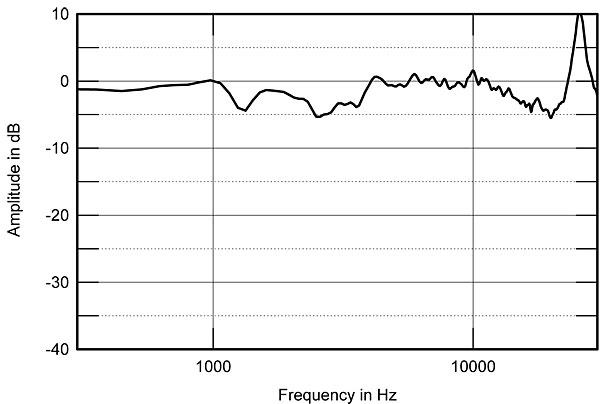| Columns Retired Columns & Blogs |
When I see the front page of a site I would expect to see the new information....even more so when the page is titled "Latest Editions".
Why post a 20 year old review of a speaker made by a company that is no longer in existence on a page called "Latest Editions"?
Sure these old reviews are indeed both fun to look back at and informative, but they do not warrant mixing with brand new products and reviews.
If I am not familiar with the product of the manufacturer, I am forced to seek out the original date to make sure the information is relevant.
Why not occasionally post a link to older articles and keep the "Latest Editions" as...err...ummm...the latest editions and relegate 20yr old articles to "Old Editions" or something?














































